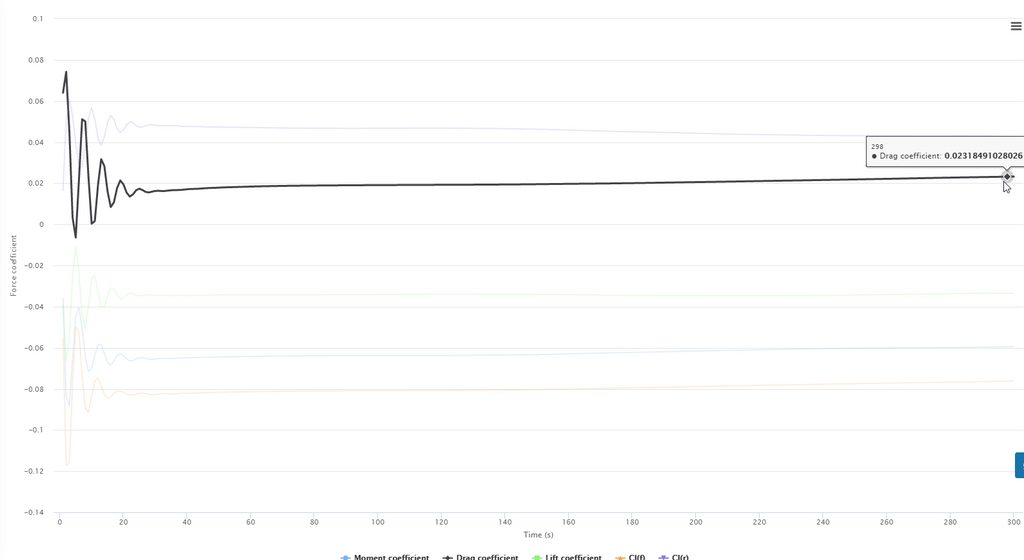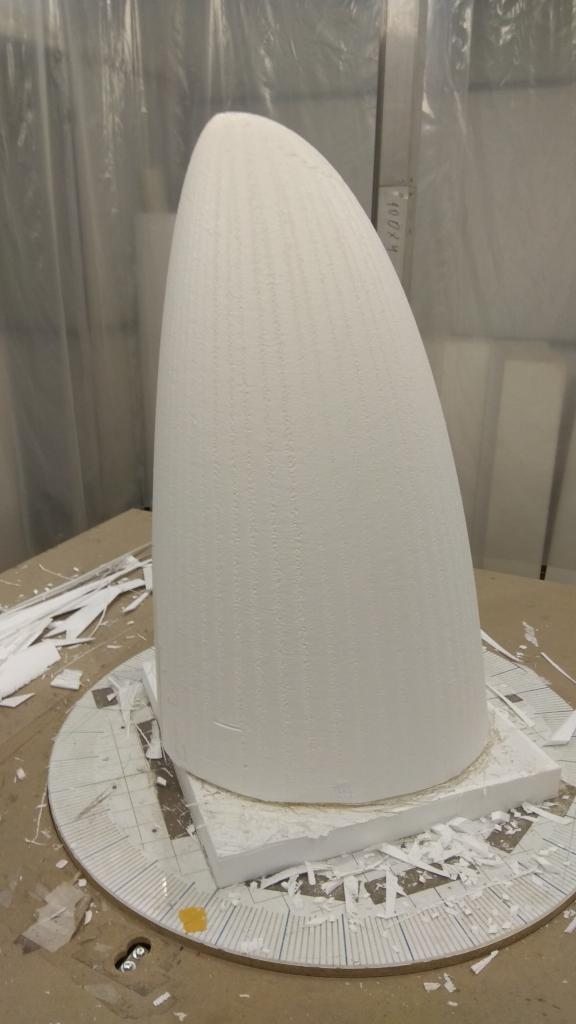fatty said:BalorNG said:I'm talking about your general conclusion that 'adding a motor to a bike is useless for long trips'. It is most emphatically not - even a simple a motor with an overrunning clutch plus a decent battery will be able to compensate much more than it's weight over VERY long distance, you just need to use it sparingly on the hills, where application of additional power is critical for time and anaerobic effort saved.
I don't understand why people here think physics doesn't apply to them. Please run the numbers below and let me know if you either come to the same conclusion, or what physical constraint you are ignoring.
Flat:
Let's rough your weight to 100kg and your contraption with 2kWh pack to 70kg. Your CdA 0.092 is in the range of recordholding non-electrified HPVs and just not realistic. It will be a miracle to get that to 0.138.
Source: BROL
Yields 6.8Wh/km * 600km = 4080Wh.
Compare to a non-electrified velomobile around 30kg = 130kg total, and easier to achieve CdA 0.092 = 5.2Wh/km * 600km = 3120Wh.
4080Wh - 3120Wh = 960Wh. It takes you 960Wh extra to lug around all that nonsense for your whole trip.
Wait what? Now you add air drag to into equation?! When it comes to motor/battery? Are you serious?
Plus, 'recordholding' practical HPVs is 0.04 - I've seen strava posts with close to 60 kmh (absolute flat of course) on 220w.
Recordholding 'nonpractical' HPVs is less than 0.01, but now that is indeed an impossible goal.
Of course, you might as well be right, that would depend on how I manage to pull off making of the shell, but battery emphatically is NOT a factor in air drag.
Plus, by splitting the weight in a very different manner from what is real (not that I am proud of being obese, but that's one of critical factors in decision making process!) you further stack the 'cards' in your favor. Are you really that desperate to 'win' this argument?
fatty said:Hills:
170kg * 9.8m/s^2 * 4000m = 6664000J = 1850Wh. If you're able to regen at 50% you get 925Wh back. And that's only fully usable if your destination is at the top of a hill.
Oh, the tired old 'regen braking is useless on e-bike'. Conventional e-bike with aerodynamics of a brick and 'stupid' controllers and motors that lack efficiency - maybe. I expect regen efficiency around 85%, that's what actual measured no-load torque and motor resistance tell me, though how much extra rolling resistance drag will cost me needs to be determined.
Frankly, I see regen argument is kind of 'sour grapes' one due to complexity of implementing a manual clutch - once you have it, it is an absolute no-brainer.
fatty said:Non-electrified velomobile:
130kg * 9.8m/s^2 * 4000m = 5096000J = 1415Wh.
1415Wh - 925Wh = 490Wh. You save 490Wh going uphill.
925Wh - 490Wh = 435Wh. It still takes your contraption 435Wh extra.
Now what the hell was THAT? Which orifice you've pulled that conclusion from? It takes 'less', not 'extra'. Desperate, indeed.
fatty said:Your argument about needing to burn 1000W while riding uphill is specious. Cyclists have been downshifting to climb hills for 100 years now to keep cranking away at FT. If your single-track streamliner is unstable at that speed, build it as a trike like most other solutions.
Obviously, these are back-of-napkin, zeroth-order approximations, but they illustrate the point.
Sir, are you an engineer or a politician? You pretend the former, but quality of your (motivated) reasoning suggest the latter.



